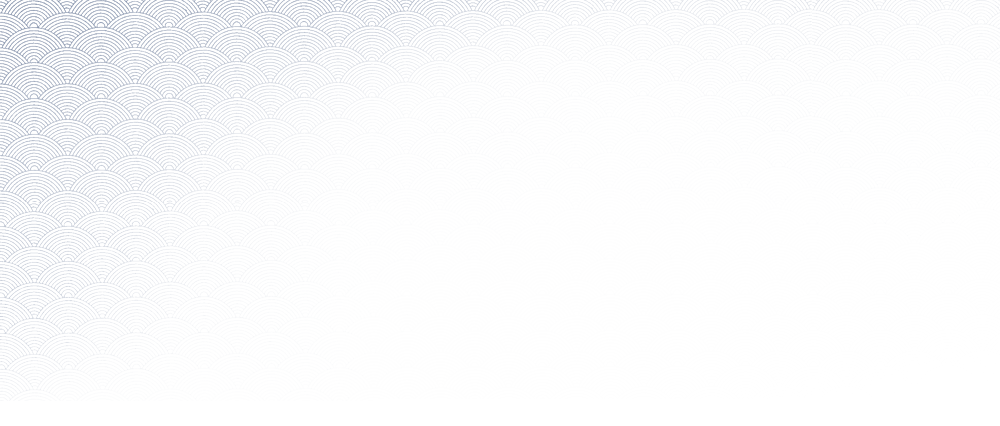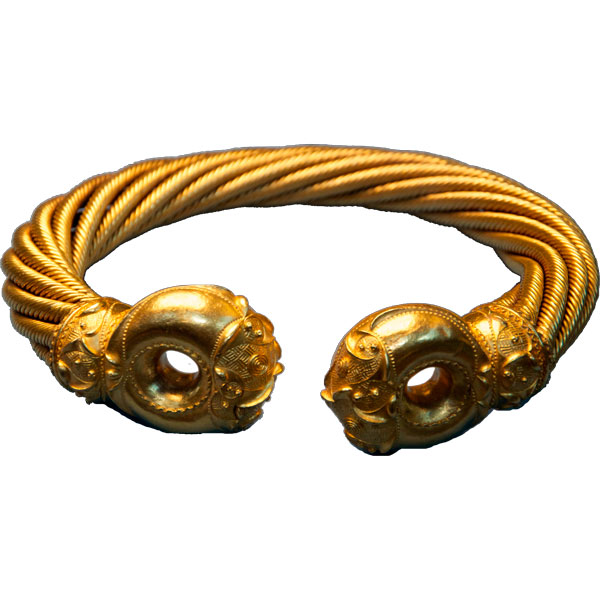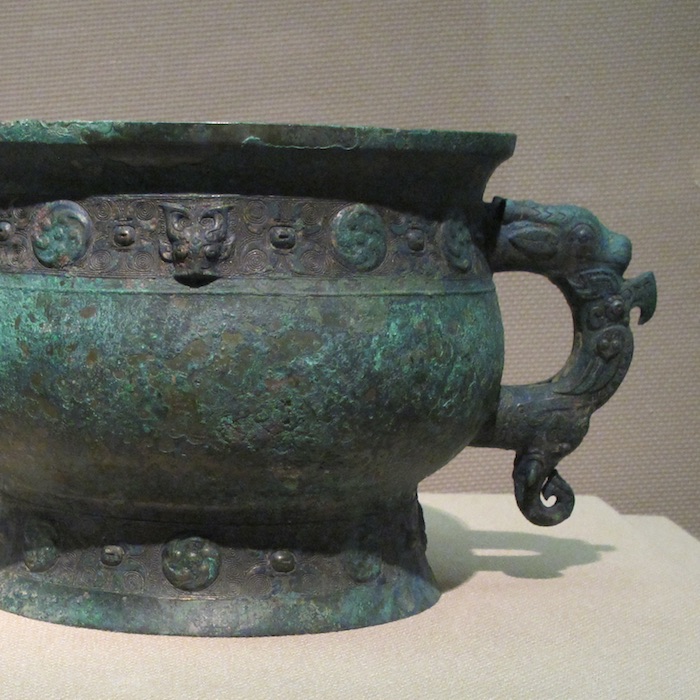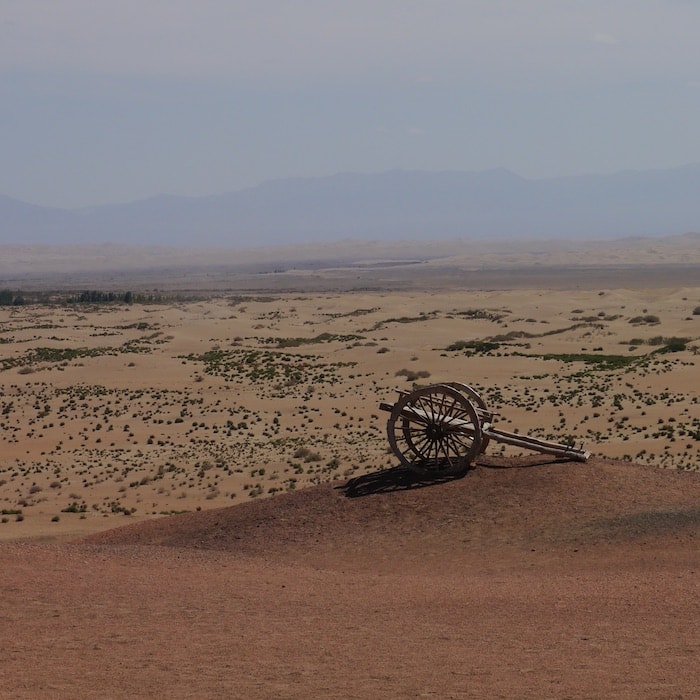

Centre-led Research Projects
European Celtic Art in Context
Prof. Chris Gosden (PI), Drs Courtney Nimura and Peter Hommel
The ECAIC project explores the dynamic traditions of representation that emerged in central and northern Europe around 500 BC. Commonly referred to as 'Celtic Art', these traditions can be distinguished from more realistic, narrative styles of art which emerge in the Classical world at around the same time.
If changes in artistic preference can be seen as a proxy for broader changes in social philosophy, cosmology, and self-perception, then an exploration of these differences is potentially productive. Taking a broader view, the project also considers the wider continental context of Celtic Art its possible relationships with early Animal Style Art in the Eurasian steppe.
The Flow of Ancient Metal across Eurasia (FLAME)
Prof. Mark Pollard (PI), Drs Peter Bray, Peter Hommel, Laura Perucchetti, Ruiliang Liu and Yiu-Kang Hsu
The FLAME (Flow of Ancient Metal across Eurasia) is a European Research Council funded project led by Professor Mark Pollard of the Research Laboratory for Archaeology and the History of Art (RLAHA) at the University of Oxford. It sets out to investigate the movement, exchange, and transformation of metal in Eurasian societies during the Bronze and Early Iron Age.
China and Inner Asia: Interactions that Changed China (1000–200 BC)
Prof. Dame Jessica Rawson (PI) and Dr Peter Hommel
This 5-year Leverhulme Trust funded project (2011-2016), explores how the incorporation of such foreign materials, technologies and ideas into the repertoire of an early dynastic elite both marked and stimulated social changes across ancient China.
The societies that grew up within the sparsely-populated steppe and semi-desert environments that bordered the fertile Central Plain of the Yellow River Basin played a critical mediating role in these transformations and are a major focus of investigation in this project.
Associated Research Projects
Testing the Metal: New research into ancient Indian copper
Dr Wendy Morrison (PI)
A British Academy funded collaborative investigation of Harrappan metallurgy with the National Museum Institute (Delhi), Deccan College (Pune), and NIAS (Bangalore).
Publication Stream






